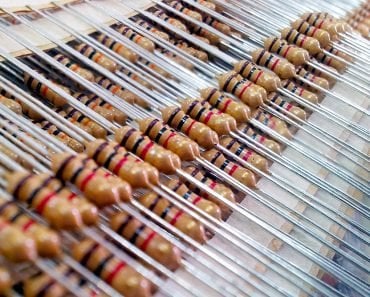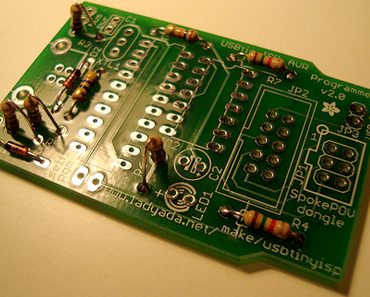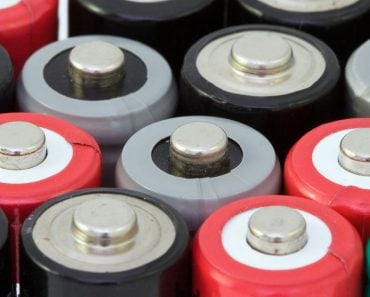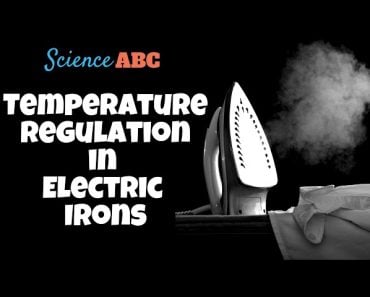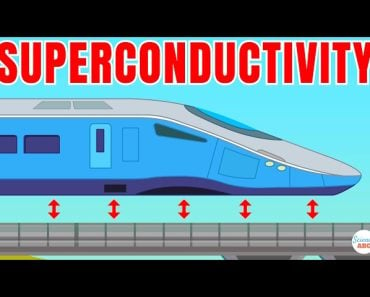Table of Contents (click to expand)
A transistor works by controlling the flow of current through a semiconductor material. The current is controlled by the voltage applied to the transistor’s base. Transistors can be used as switches or amplifiers. When used as a switch, the transistor can be turned on or off, depending on the voltage applied to the base. When used as an amplifier, the transistor can control a large current with a small voltage.
The transistor is one of two most important inventions of the last century. The other is, of course, the recliner. The transistor’s advent spurred what is now called the electronic revolution. Without the transistor’s invention, most of the electronic devices on which you’re so hopelessly dependent would not exist. The most indispensable technological marvels of the modern age rely on the transistor – personal computers, televisions, smartphones, tablets, phablets, laptops, routers and foot massagers. Suffused with billions of them, transistors are to electronic devices what cells are to our bodies. But how does an instrument thinner than a human hair manage to lift entire industries on its feeble shoulders?
Recommended Video for you:
Semiconductors
First, we should learn what transistors are made of. The knowledge of its anatomy will enable us to understand its operation with greater ease. Semiconductors are basically the ambiverts of the material world. They are neither overly gregarious when it comes to befriending electrons, like conductors, nor are they reticent and unresponsive towards them like introverted insulators. Their conductivity lies between that of conductors and insulators. The most commonly used semiconductors are Silicon and Germanium.
Semiconductors conduct only when they are heated to higher temperatures. The heat energy overcomes the feeble energy that loosely binds its electrons to their atoms, thereby freeing them, and in doing so, making the material conductive. However, a more convenient alternative is to alter the material’s atomic structure and enhance its conductivity by injecting it with impurities, a process known as doping. These materials only semi-conduct because the volume of liberated electrons is much less than the volume of free electrons swarming on the surface of conductors.
![]()
The partial conductivity, however, renders its output current susceptible to manipulation or being “controlled”. Where electrons gush out of a conductor in enormous volumes, like water flows down a dam, electrons in a semiconductor behave more like water being drawn from a faucet. The faucet can be tightened or loosened to regulate the amount of water that flows through it. This is precisely the working principle of a transistor.
What Is A Transistor?
Let’s proceed further with our faucet analogy. The working of a faucet comprises three parts: a reservoir of water, the pipe through which the water exits, and a handle that enables us to control the volume that exits. Similarly, a transistor is formed by adhering three semiconductors: a reservoir of electrons, filled by excessive doping, a pipe that is moderately doped, and a handle that has – one can reasonably conclude – no electrons at all. The current from the reservoir flows through the pipe when the handle is rotated. The extent of rotation determines the amount of current that flows through the pipe. Here, to rotate would mean supplying the handle with a small voltage or current.

Transistors can basically be grouped in two categories: junction transistors and field effect transistors. The reservoir, pipe and handle in the junction transistors are called the emitter, collector and base, respectively. The collector is denoted by “n+”, highlighting a glut of negatively charged particles (electrons). Similarly, the emitter is denoted by “n”, highlighting a moderate density of electrons, whereas the base is denoted by “p”, highlighting an absence of electrons or a surplus of positively charged particles, called holes. The term junction refers to the junctions formed between these three blocks.
On the other hand, field effect transistors are configured quite differently. It consists of not three, but two layers sandwiched on top of the other. The electrons flow through the viscera of one layer, called the channel, while the other layer, called the gate, performs the function of the handle. The gate’s voltage controls the strength of current that flows through the channel. The different architecture gives it quite different resistive properties, but the basic function of the two categories of transistors are essentially the same – control a strong current with a weak voltage.
There are two basic functions that a transistor can perform. It can either act as a switch or as an amplifier. When acting as a switch, the faucet allows a current to flow through its pipe only when its handle is supplied with a certain amount of voltage. When provided a voltage lesser than this threshold, the faucet stifles whatever current might flow through it. This is how binary numbers are generated. Each bit “1” or “0” is either an open faucet whose magnitude of current is standardized as “1”, or a closed faucet, which translates to “0”. The sequence of bits is then manipulated by microprocessors to implement a myriad of operations.
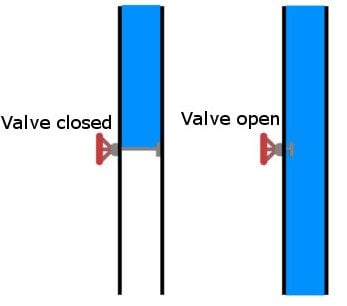
According to Moore’s law, the number of transistors populating a microprocessor must double every year. The inception of processors initially saw a million transistors stuck onto them, a number that is now, in accordance with Moore’s law, escalated into the trillions! This unbelievable feat would not have been possible if semiconductors had not illustrated a propensity to be so readily scaled. Their tremendous scalability has enabled us to shrink a computer, a telephone, a radio, a GPS, a gaming console and so many other things into a single device – the device on which you’re probably reading this right now.

When operating as an amplifier, it draws a large current from the reservoir as the handle is progressively released, such that a small amount of current controls a large amount of current — the output current is directly proportional to the input current. Amplifiers are often used in halls where microphones augment a speaker’s voice. Amplifiers are ubiquitous in communication technologies, where signals grown infirm due to traveling long distances are constantly captured and amplified to ensure their integrity. Click here to learn more about semiconductors and find an exquisite visual explanation of how transistors work here, while I relish a foot massage slumped in my recliner, skimming casually through How To Stop Being Lazy.



